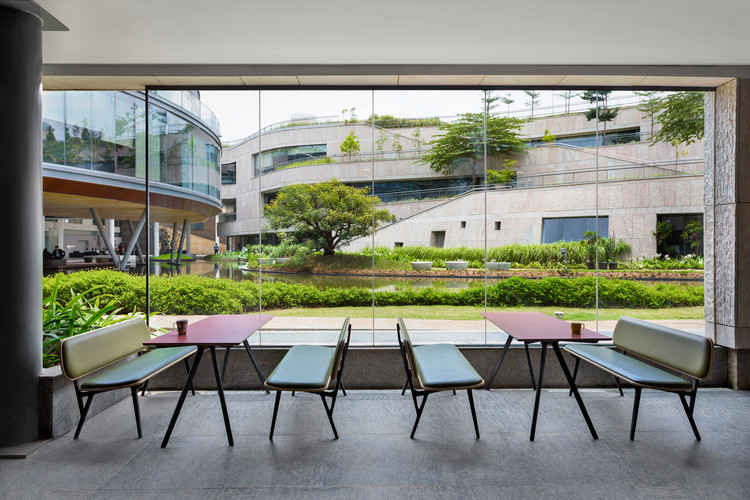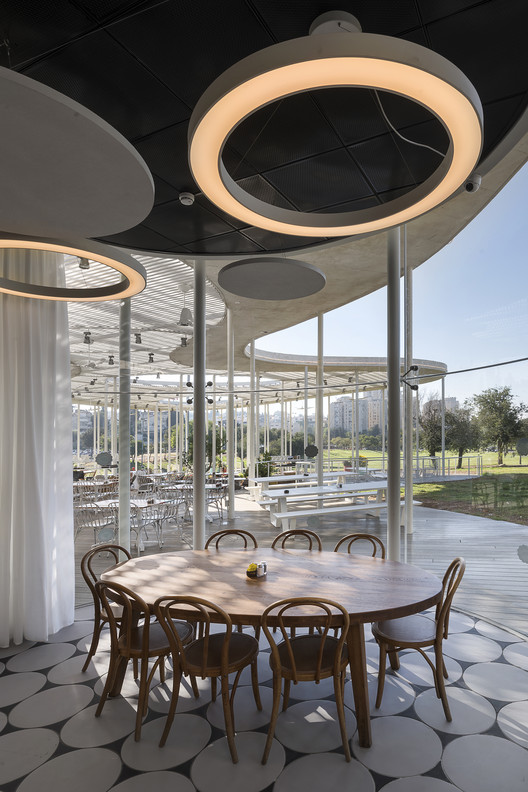Magic Bus RMA Architects
2013-05-13 01:00
架构师提供的文本描述。总部位于孟买的非政府组织“魔法巴士”的校园,包括宿舍、行政大楼和孟买贫民窟的儿童就餐设施,这些儿童参观校园接受培训。
Text description provided by the architects. The campus for the Mumbai-based NGO, Magic Bus, contains dormitories, administrative buildings and a dining facility for children from the slums of Mumbai who visit the campus for training programs.
为了营造一种熟悉感,这些建筑物的调色板是由普通材料组成的,这些材料用于贫民窟和棚户区的日常建筑,大多数参与的儿童居住在这些棚户区。事实上,通过设计过程,人们也可以想象这些建筑如何被嵌入贫民窟,作为社区中心和其他公共项目。因此,该项目被用作集结地或实验,以重新阅读贫民窟本身的一些建筑问题。
In order to create a sense of familiarity, the palette of the buildings was comprised of the ordinary materials that are used for everyday buildings in slums and squatter settlements, where most of the participating children live. In fact, through the process of design, it was also imagined how these buildings could be embedded back into the slums, to serve as community centers and other public programs. Thus the project was used as a staging ground or experiment to readdress some of these architectural questions in the slum itself.
这座建筑的结构被开发成一套组件,可以配置成不同的机构用途,从社区厕所到贫民窟的诊所和教育中心。这里的想法是通过所使用的材料,让孩子们有一种熟悉的感觉,但也激励他们重新想象他们在更复杂的结构中的使用。希望它们在重建自己的住房时,无论是在贫民窟还是在其他地方,都能成为参照点。
The tectonics of the building was developed as a kit-of-parts that could be configured for various institutional uses ranging from community toilets to clinics and education centers in the slums. The idea here was to surround the children with a sense of familiarity through the materials used but also inspire them to re-imagine their use in a more sophisticated configuration. It is hoped that these become points of reference when they engage in reconstructing the own homes whether in slums or elsewhere.
 举报
举报
别默默的看了,快登录帮我评论一下吧!:)
注册
登录
更多评论
相关文章
-

描边风设计中,最容易犯的8种问题分析
2018年走过了四分之一,LOGO设计趋势也清晰了LOGO设计
-

描边风设计中,最容易犯的8种问题分析
2018年走过了四分之一,LOGO设计趋势也清晰了LOGO设计
-

描边风设计中,最容易犯的8种问题分析
2018年走过了四分之一,LOGO设计趋势也清晰了LOGO设计












































